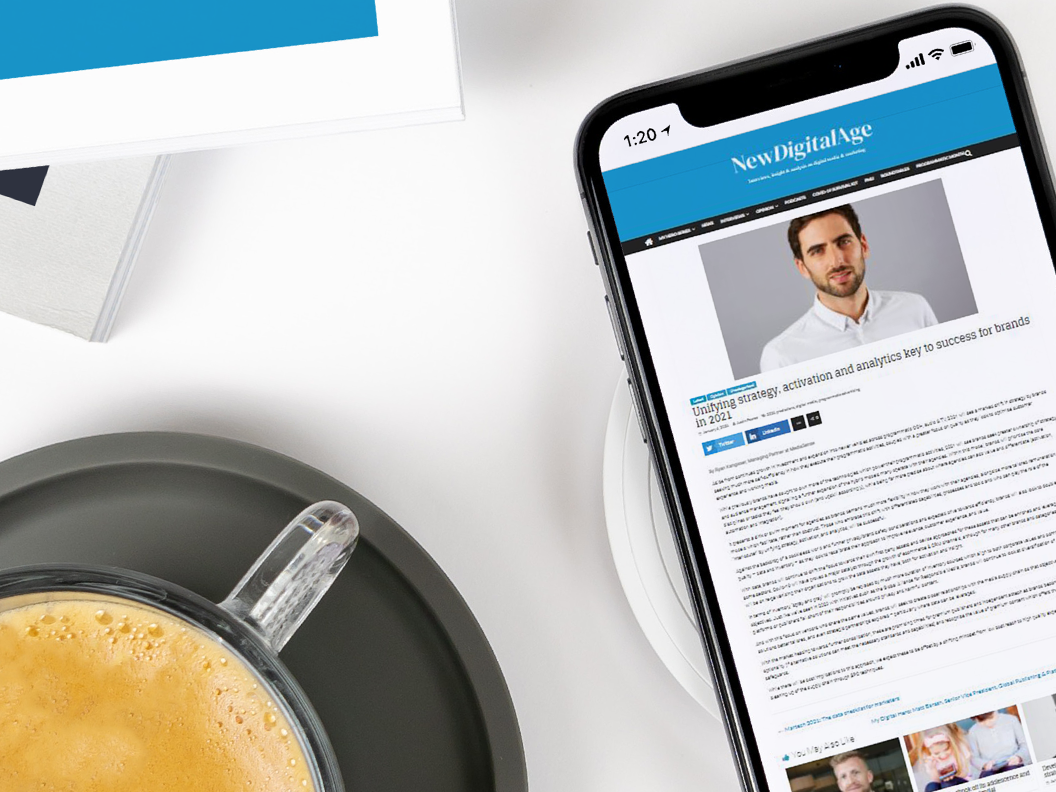
Aside from continued growth in investment and expansion into newer vehicles across programmatic OOH, audio & TV, 2021 will see a marked shift in strategy by brands seeking much more self-sufficiency in how they execute their programmatic activities, coupled with a greater focus on quality as they look to optimise customer experience and working media.
While previously brands have sought to own more of the technologies which power their programmatic activities, 2021 will see brands seek greater ownership of strategy and audience management, signalling a further expansion of the hybrid models many operate with their agencies. Within this model, brands will prioritise the core disciplines or tasks they feel they should own (and upskill accordingly), while being far more precise about where agencies can add value and differentiate (activation, automation and integration).
It presents a sink or swim moment for agencies as brands demand much more flexibility in how they work with their agencies, alongside more tailored remuneration models which facilitate, rather than obstruct. Those who embrace this shift with differentiated capabilities, processes and tools and who can play the role of the ‘interlocuter’ by unifying strategy, activation, and analytics, will be successful.
Against the backdrop of a cookieless world and further privacy/brand safety considerations and expected drive towards efficiency, brands will also look to double down on quality – data and inventory – as they look to recalibrate their approach to improve relevance, customer experience, and value.
With data, brands will continue to shift the focus towards their own first party assets and devise approaches for these assets that can be enriched and leveraged. For some sectors, Covid-19 will have proved a major catalyst through the growth of ecommerce & CRM channels, although for many other brands and categories, the focus will be on re-galvanising their organisations to grow the data assets they have, both for activation and insight.
In terms of inventory, ‘spray and pray’ will promptly be replaced by much more curation of inventory sources which align to both corporate values and communication objectives. Just like we’ve seen in 2020 with initiatives such as the Global Alliance for Responsible Media, brands will continue to look at diversification of spend should platforms or publishers fall short of their responsibilities around privacy and harmful content.
And with this focus on vendors who share the same values, brands will seek to create closer relationships with the media supply chain so that objectives can be shared, solutions better tailored, and even strategic partnerships explored – particularly where data can be leveraged.
With the market heading towards further consolidation, these are promising times for premium publishers and independent adtech as brands become more receptive to optionality (if alternative solutions can meet the necessary standards and capabilities) and recognise the value of premium content which offers the necessary safeguards.
While there will be cost implications to this approach, we expect these to be offset by a shifting mindset from low cost reach to high quality experience, and further cleaning up of the supply chain through SPO techniques.
This article first appeared on www.newdigitalage.co.uk on 04/01/21